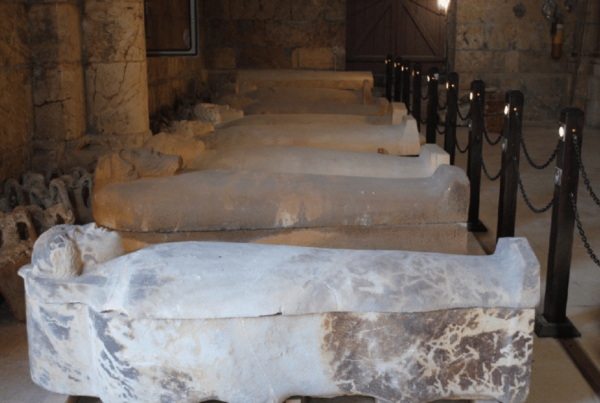By Christos Merantzas
ABSTRACT
In this paper we will examine the anthropological dimensions of the Christian martyr’s embodiment of pain which we consider to be a shaping factor of the identity of Byzantine culture. The Christian martyr’s cultural presence gave Christians a meaning and a reason to exist as it heralded his/her salvation. Furthermore, the dramatic depiction of martyrical scenes in Post-Byzantine monuments under the Ottoman rule, mainly in the 16th century, served an ideological purpose, as they encouraged an attitude of resistance against the Ottoman conqueror with deep long-term social and political consequences for the conquered provinces across the Balkan Peninsula.
![]()





